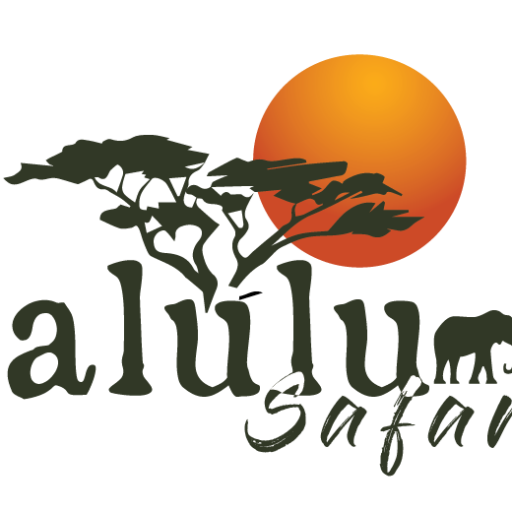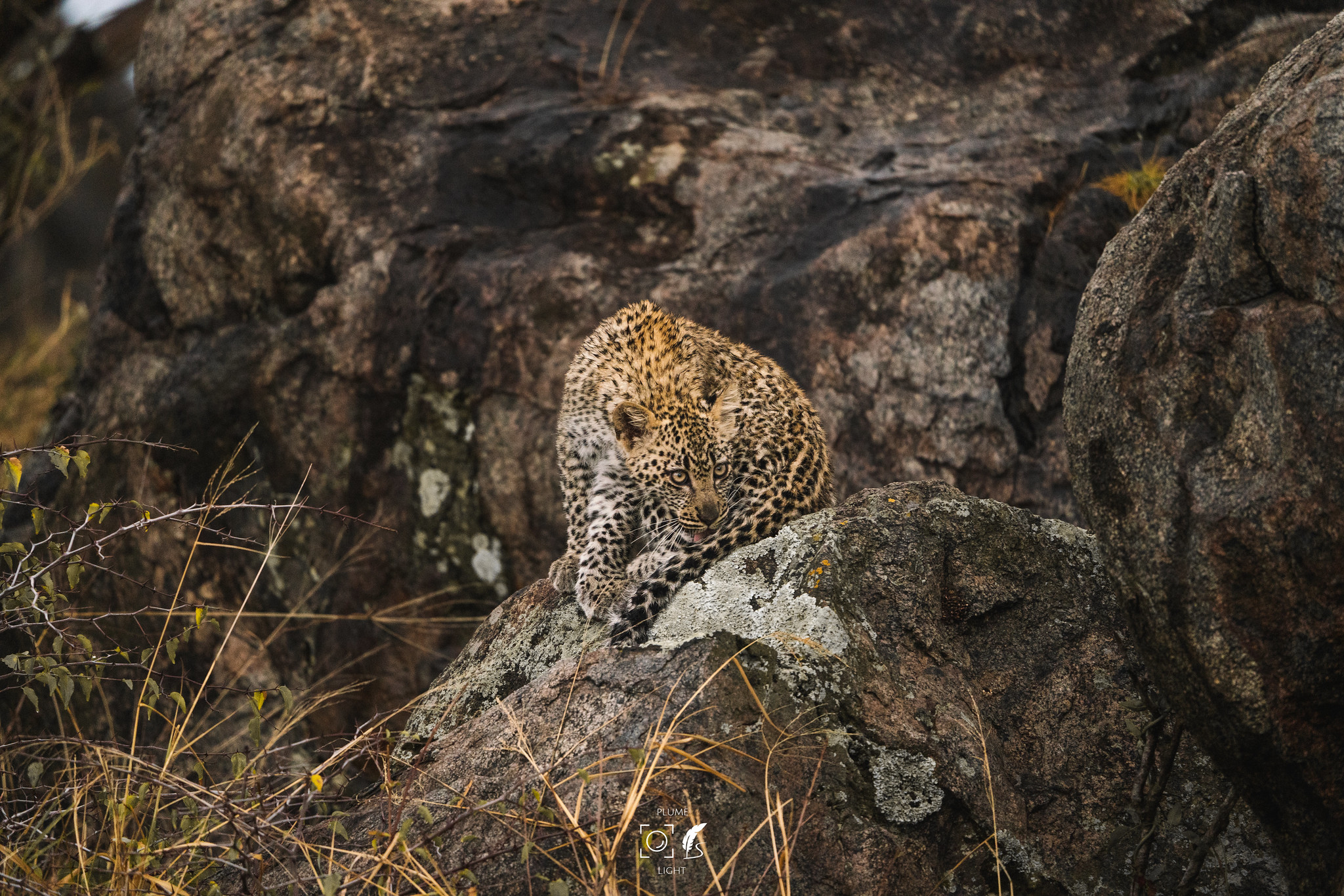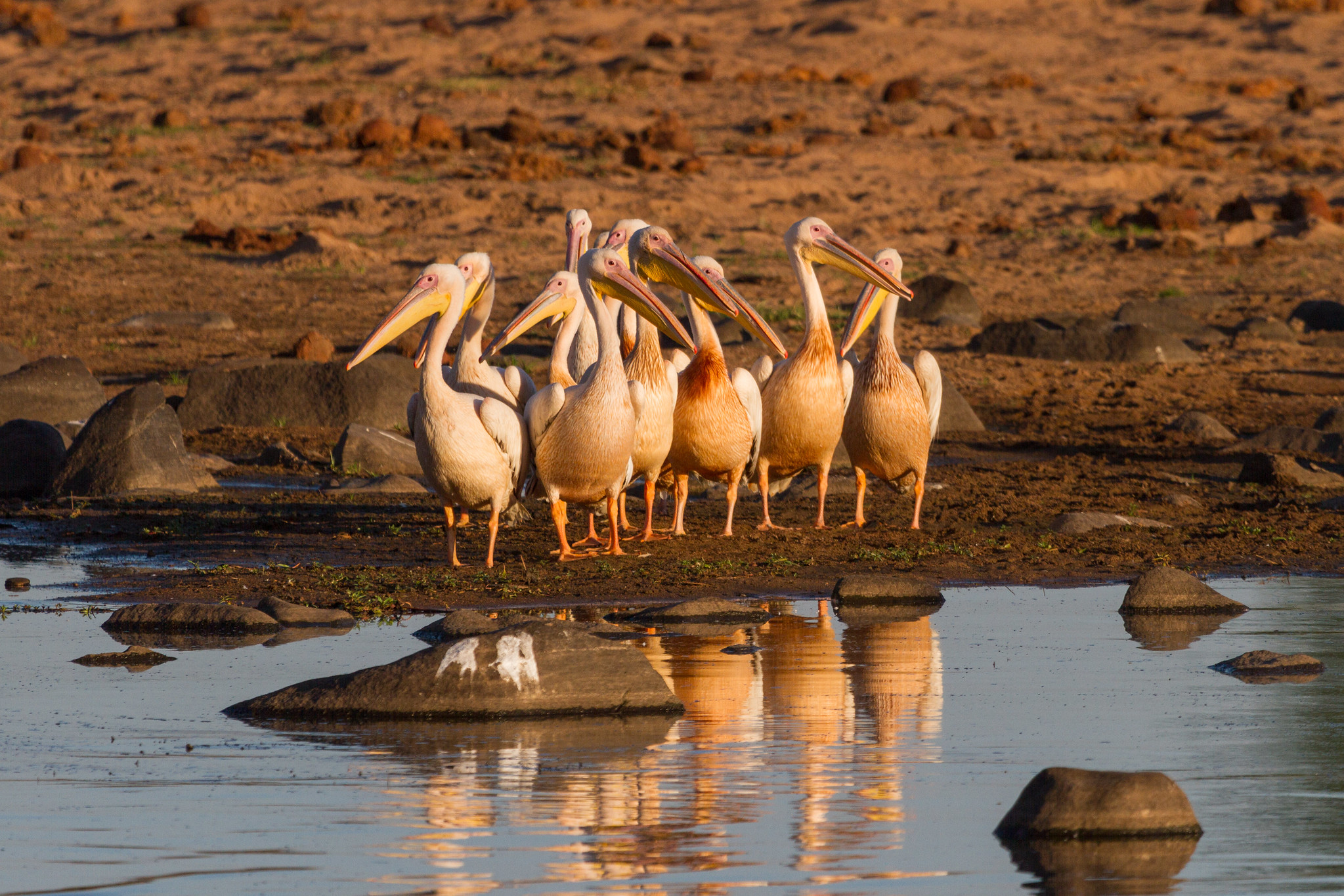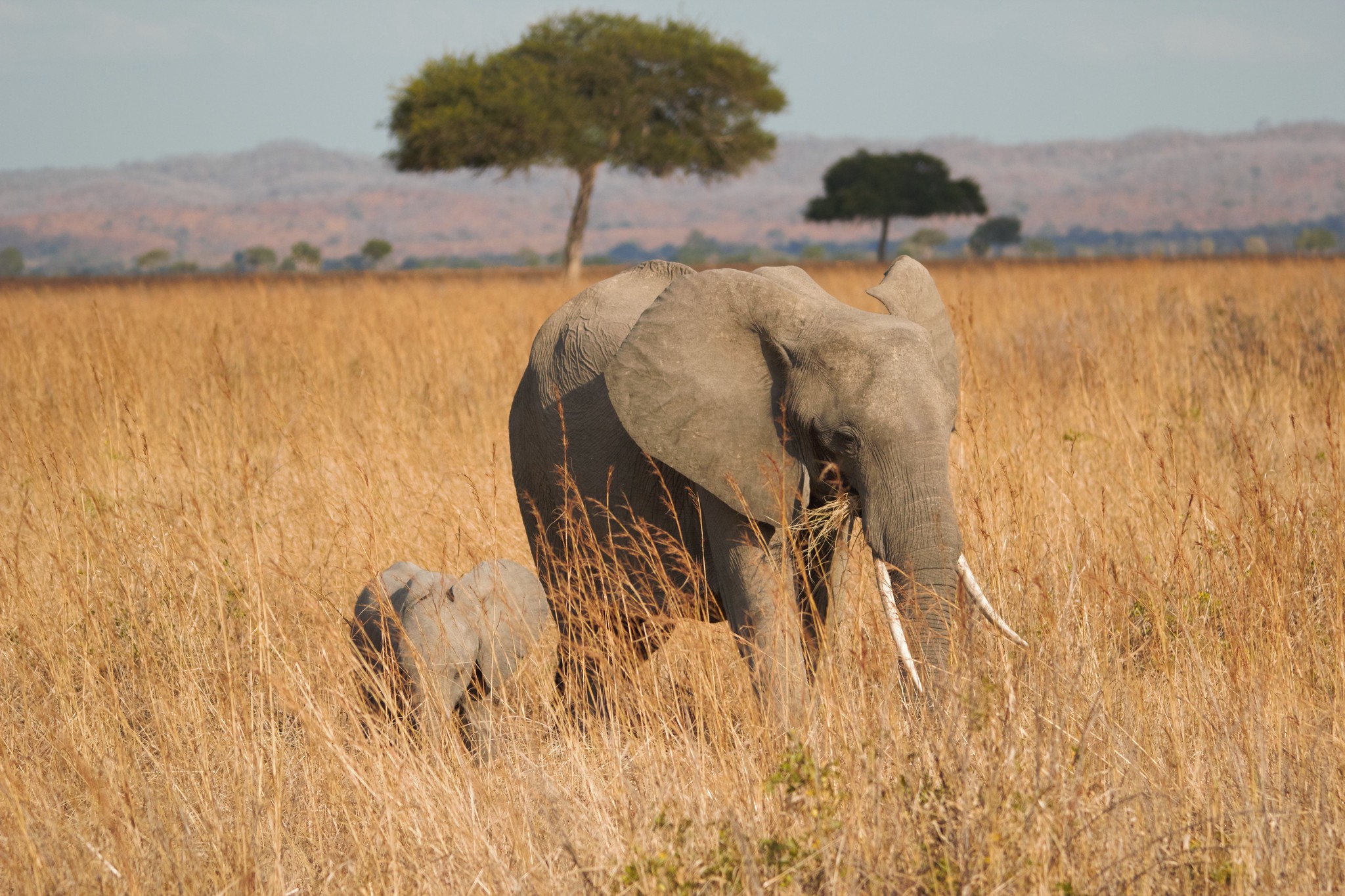The baobab trees can be seen in Tarangire National Park, which is located in Tanzania.
The scorching heat of the sun extracts all of the moisture from the surrounding environment, turning the dirt a rusty red color and leaving the withered grass as dry and brittle as straw. The Tarangire River is a mere shadow of its larger, more robust self during the wet season. However, there is an abundance of wild animals there. Nomads who were desperate for water traveled hundreds of parched kilometers in the knowledge that water could be found here at any time.
While migrating wildebeest, zebra, buffalo, impala, gazelle, hartebeest, and eland swarm the dwindling lagoons, herds of up to 300 elephants are scratching the parched river bank in search of subsurface streams. It is the only site in Tanzania where dry-country antelope such as the stately fringe-eared oryx and the unique long-necked gerenuk are regularly spotted. It has the biggest concentration of species outside of the Serengeti environment and is a banquet for predators.
During the rainy season, seasonal visitors disperse across an area of 20,000 square kilometers (12,500 square miles) until they exhaust the green plains and the river beckons again. Wet or dry, Tarangire’s elephant herds are readily encountered.
The wetlands, which are permanently green, are home to 550 bird species, the greatest number of breeding species in a single habitat in the world.
On drier land, you can find the Kori bustard, the world’s heaviest soaring bird, the stocking-thighed ostrich, the largest bird in the world, and small groups of ground hornbills strutting like turkeys.
The yellow-collared lovebird, the rufous-tailed weaver, and the ashy starling are all endemic to the arid savannah of north-central Tanzania, where they can be heard screeching in large flocks.
People often see colonies of cute dwarf mongooses and pairs of red-and-yellow barbets in abandoned termite mounds. The red-and-yellow barbets attract attention with their loud, rhythmic duets.
The pythons in Tarangire climb trees, just like the lions and leopards. They hang out in the branches where the fruit of the sausage tree makes it look like a tail is twitching.




